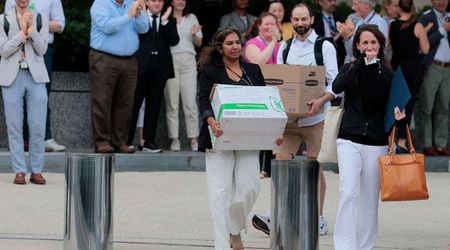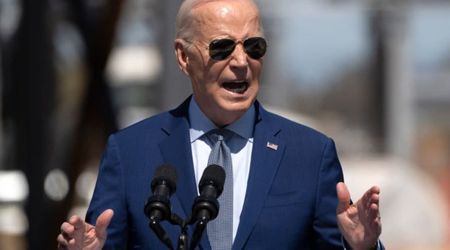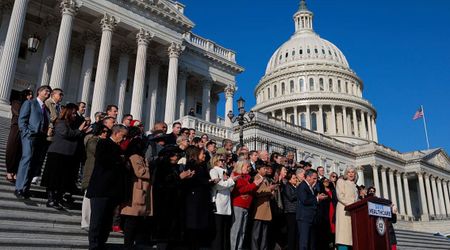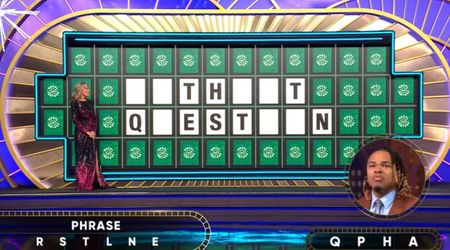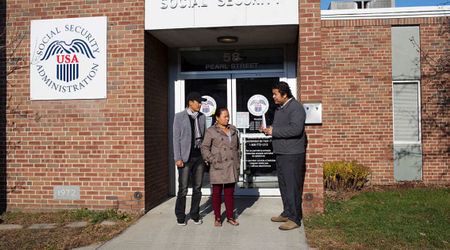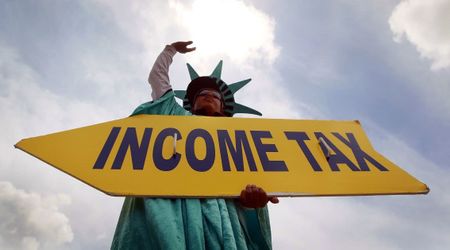Biden's 'Plan B' For Student Loan Forgiveness: Potential Relief For 10 Million Borrowers In 5 Categories

After the Supreme Court rejected the Biden administration's initial student loan forgiveness scheme, they have been working hard to develop a new plan that adheres to all legal requirements. This new idea may see the light of day as early as this year. According to estimates, Biden's "Plan B" may help up to 10 million borrowers who are struggling with college debt.

Initially, Biden attempted to address student debt with an executive order, but now he has changed his approach. The United States Department of Education, in collaboration with the appointed negotiators, has selected five categories of borrowers who will be eligible for the president's updated assistance package.
1. Those Who Owe More Than They Borrowed
Individuals who owe more than the amount borrowed in federal student loans may be eligible for forgiveness. According to Nadine Chabrier, a senior policy and litigation counsel at the Center for Responsible Lending, this is a regular circumstance that can occur for a variety of reasons. She notes that student loan servicers, the corporations hired by the Education Department to manage its debt, frequently steer students toward forbearances and deferments.
#DYK: Your federal student loan payment could be as low as $0/month thanks to the Saving on A Valuable Education (SAVE) Plan, a new program to help federal student loan borrowers.
— U.S. Department of Education (@usedgov) February 19, 2024
Learn more and apply today: https://t.co/W1NHeZFpgJ #SAVEOnStudentDebt #MondayMotivation pic.twitter.com/7ZimhsVSC0
While these choices can provide immediate comfort by deferring loan payments, interest continues to accumulate, potentially increasing the overall debt considerably over time. According to Scott Buchanan, executive director of the Student Loan Servicing Alliance, these companies are incentivized to follow government standards and give borrowers the benefits they are entitled to.
Not just this, advocates have also raised concerns about the high-interest rates on federal student loans, particularly for borrowers from past decades.
2. Borrowers in Repayment for 20 Years or More
Individuals who have been carrying student debt for over two decades may also find relief. Many of the Education Department's repayment programs demand 20 years or more of steady payments, resulting in countless cases where persons are still paying off loans long into their senior years.
According to research, millions of Americans over the age of 60 are still struggling to make student debt payments. "There is both financial harm and psychological harm of being in debt for decades, especially when it feels like there is no hope that it will ever be repaid," said Persis Yu, deputy executive director at the Student Borrower Protection Center.

3. People Eligible for Forgiveness Who Haven’t Applied
As part of its new help package, the Education Department intends to identify individuals who may be eligible for forgiveness but have not yet applied. For example, the Public Service Loan Forgiveness program, which began in 2007, allows selected non-profit and government employees to have their federal student loans forgiven after making on-time payments for ten years.
According to the Consumer Financial Protection Bureau, around one-quarter of American workers may be eligible for this program. However, experts warn that the program's complicated and frequently perplexing regulations serve as a barrier for many.
Advocates also say that student loan servicers' monthly fee per borrower undermines loan transparency and eventually loan forgiveness opportunities.
4. Attendees of Schools of Questionable Quality
The Biden administration's new relief package aims to include student loan borrowers who enrolled in career-training programs that resulted in excessive debt or failed to provide appropriate salaries for graduates. It also tries to assist debtors who attended colleges with high student loan default rates.

5. Borrowers Experiencing Financial Hardship
The Biden administration has stated that it intends to waive the debts of persons experiencing financial difficulties. As part of this program, it has proposed a set of criteria for identifying borrowers who are having such difficulties. These include people with abnormally high student loan loads and monthly payments in comparison to their household income, as well as those who have significant childcare and healthcare bills.
The administration further indicated that financial hardship might be evaluated by a variety of factors, including increased debt responsibilities, disability status, and age.

